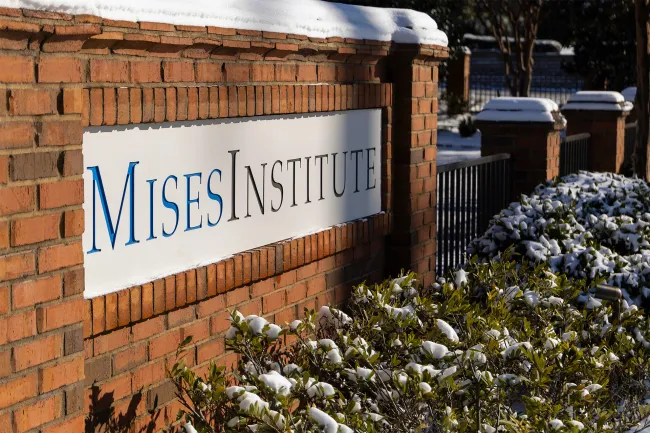The ideas of economists—whether they are right or wrong—are often more powerful than commonly understood. Consider President Trump’s statements about the magical powers of tariffs or Mexico’s Sheinbaum’s discourse on import substitution industrialization. Our leaders—even when they believe themselves to be smart and independent thinkers—are often slaves to the ideas of past economists.
This notion is inspired by John Maynard Keynes’s reflection in the concluding notes of his General Theory. For decades, Keynes has been the “slave master” to most world leaders. His ideas, both correct and mistaken, have shaped how people understand the economy—even when those ideas stemmed from Keynes’s own misunderstandings.
There is plenty of literature in economics, courses on macroeconomics, and the history of economic thought that are too quick to throw away the conclusions around the ideas of the Classic School of economics.
Say’s Law is one of the main victims of these express interpretations of the ideas of the classics. For decades, students have been taught that classical economists believed “supply creates its own demand.” Moreover, they are often told that, according to J.B. Say, the market always operates in perfect competition or as it would in an evenly rotating economy. This so-called law is often cited as a pillar of outdated economic thinking—a claim John Maynard Keynes famously used to argue against free-market principles in his General Theory.
The phrase “supply creates its own demand” was not coined by Jean-Baptiste Say, but by Keynes himself, who not only misunderstood and misrepresented it, but set the stage for decades of economic policies that completely ignored the first principles of economic science.
What Say actually said in his Treatise on Political Economy was that production creates the means for consumption, which implies that the only way you can acquire the resources to buy goods is by selling valuable goods to others. In other words, that exchange is a two-way street: You produce and/or sell goods valued by others to get money to buy goods.
This is a far cry from the Keynesian caricature. Say was no fool, he understood that there are mismatches and that the market is a process that continuously tries to reach equilibrium but never quite gets there, and that that allows for innovation and creation and new wealth. Keynes’s goal was to frame classical economics as a dogmatic belief in self-regulation so he could push for his solutions of an active role of government in the economy.
The first known appearance of that phrasing of the law in the economic world was in 1807, not in Say’s works, but in the writings of James Mill. Years later, his son, John Stuart Mill, published a version of it in his Principles of Economics. That’s where Keynes found it and kept toying with it until the phrase “supply creates its own demand” appeared in his work for the first time in 1933 in the notes for a conference he dictated. From that point on, Keynes repeated it so frequently that it became commonplace among his students. Before long, the myth had grown so large that Oskar Lange—another prominent figure in social sciences—began repeating it in his writings as fact, criticizing Say for what Keynes claimed he said. Of course, Lange’s and Keynes’s goals were aligned—they both advocated for a larger role of government in the economy.
You might wonder: why dig up an old academic dispute? Because the misunderstanding of Say’s Law still shapes economic policies today.
Keynesian ideas have dominated macroeconomic thinking for decades, often leading to policies that prioritize government spending as a cure-all for economic downturns. Take the covid pandemic, for example. Governments around the world implemented massive stimulus packages to boost demand, but supply chain disruptions and mismatched production left markets struggling to adapt. Say’s insights remind us that production is not just a means to satisfy demand—it’s what makes demand possible in the first place.
Market imbalances were something already foreseen by Say. For him, this equivalence of the value of supply and demand was not automatic, but “the existence of this income depends on the products having exchange value, which arises only from the desire that exists for this production in society.” While the Keynesians push for a robotized interpretation of economic phenomena, Say understood the human side of economics, that it is the consumer that drives the economy through the price system and that government has no place in the equation.
This misinterpretation of Say’s law is a generalized vice in the understanding of the classic schools of economics and eradicating is a matter of utmost importance, what Say said is really clear and it is time for the “animal spirits” to understand it.


